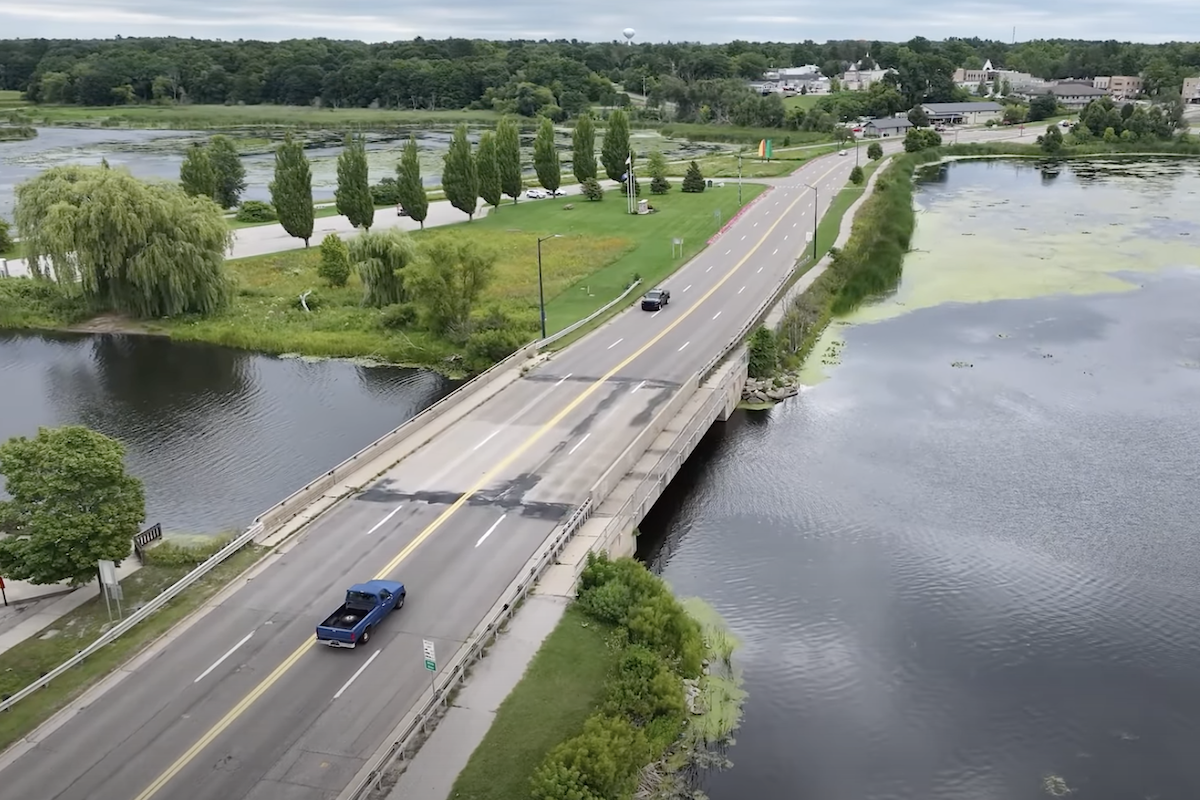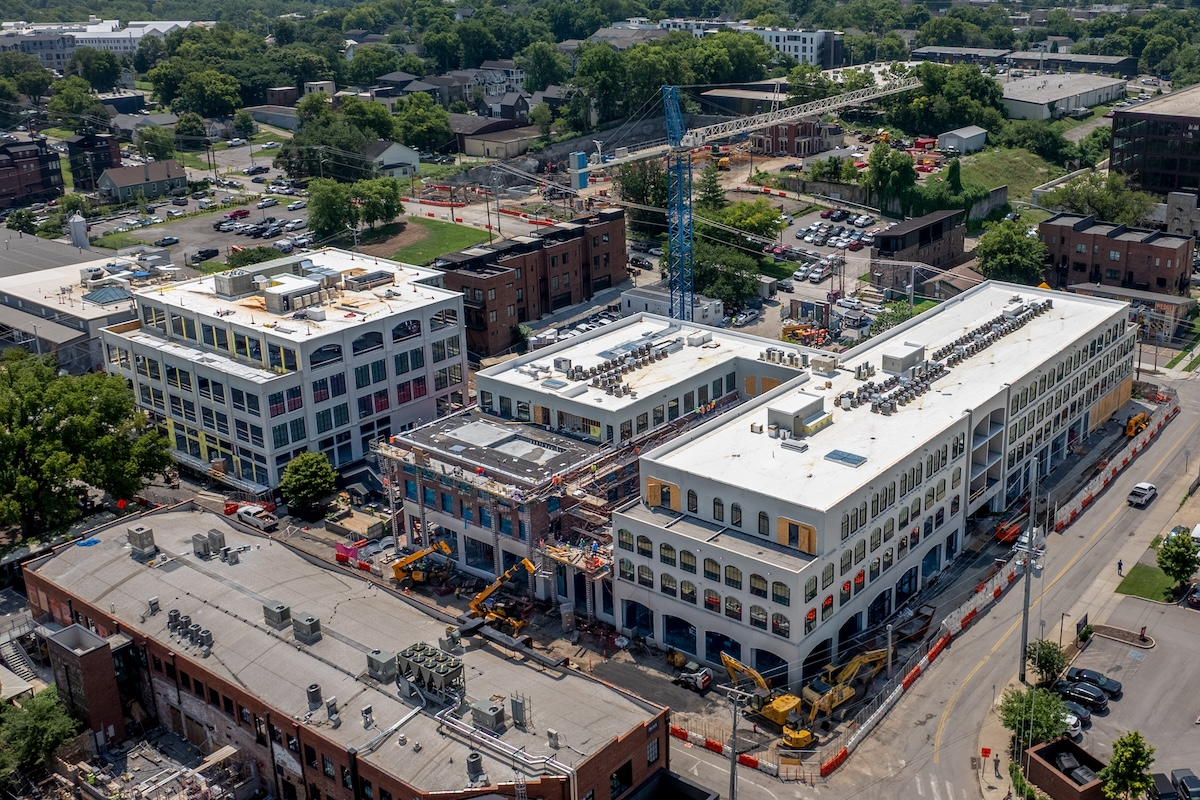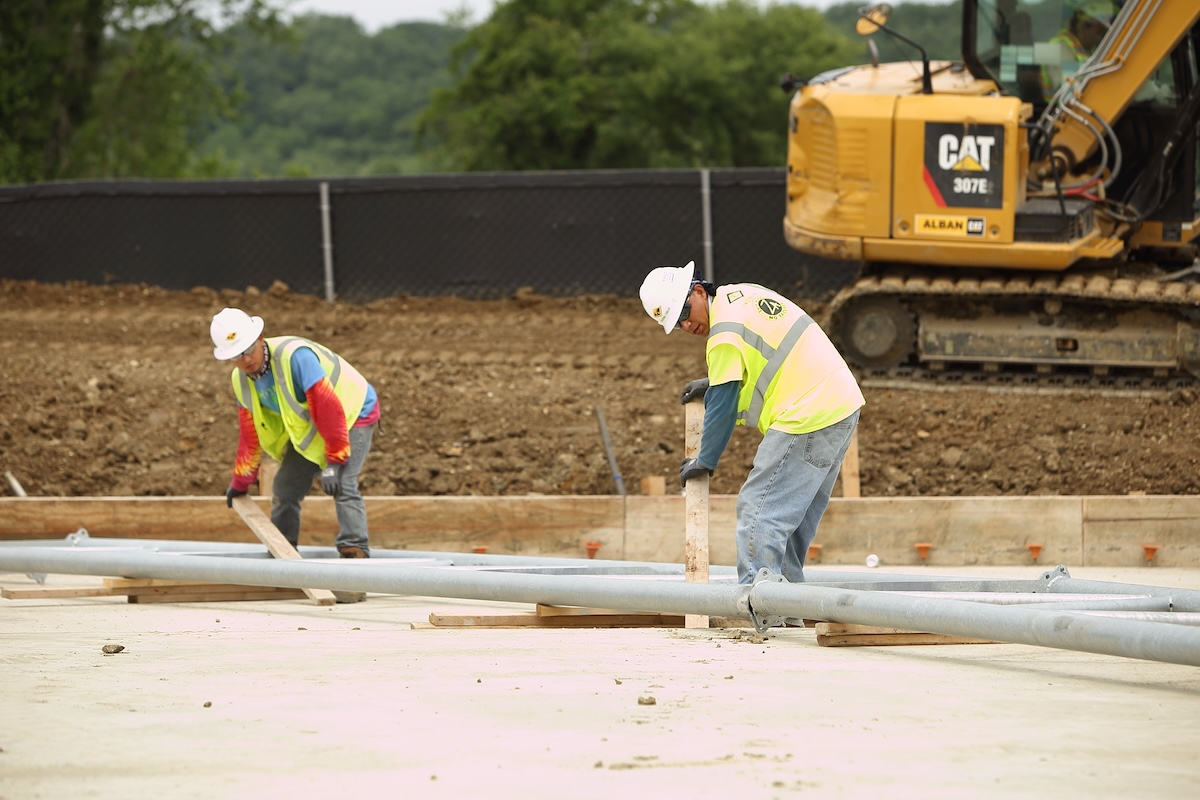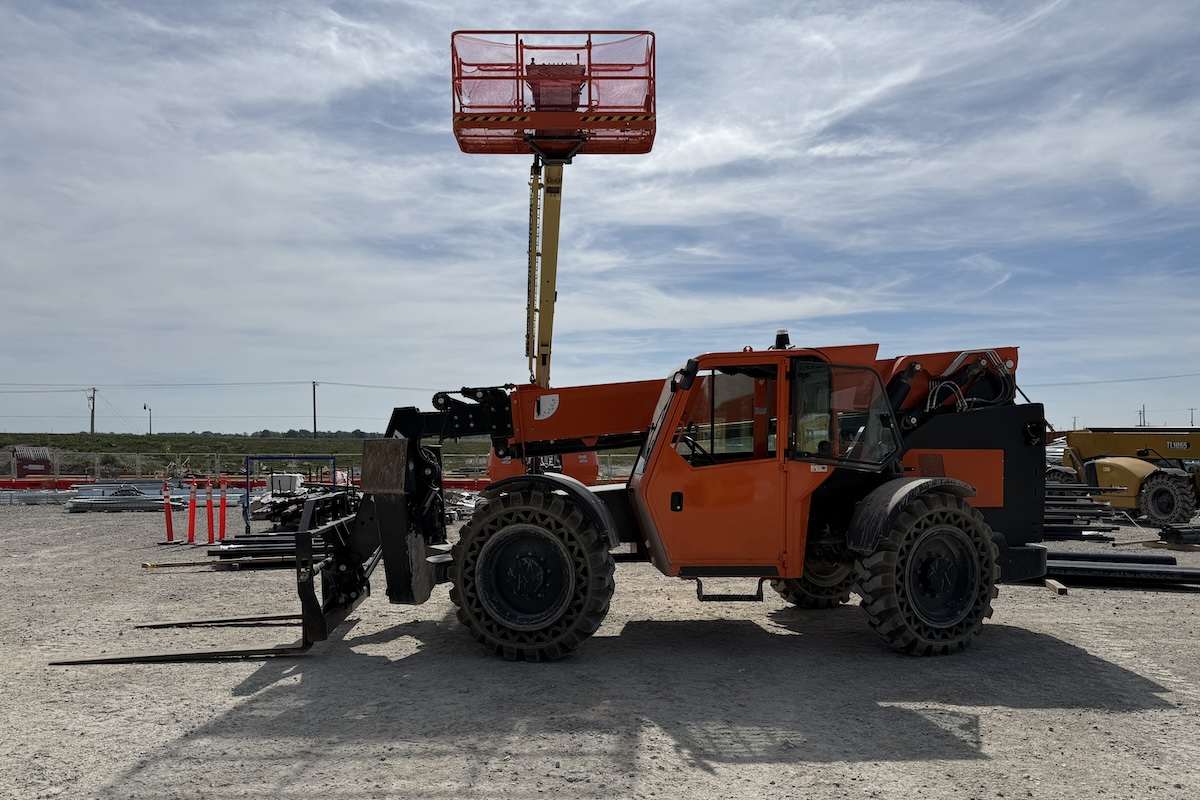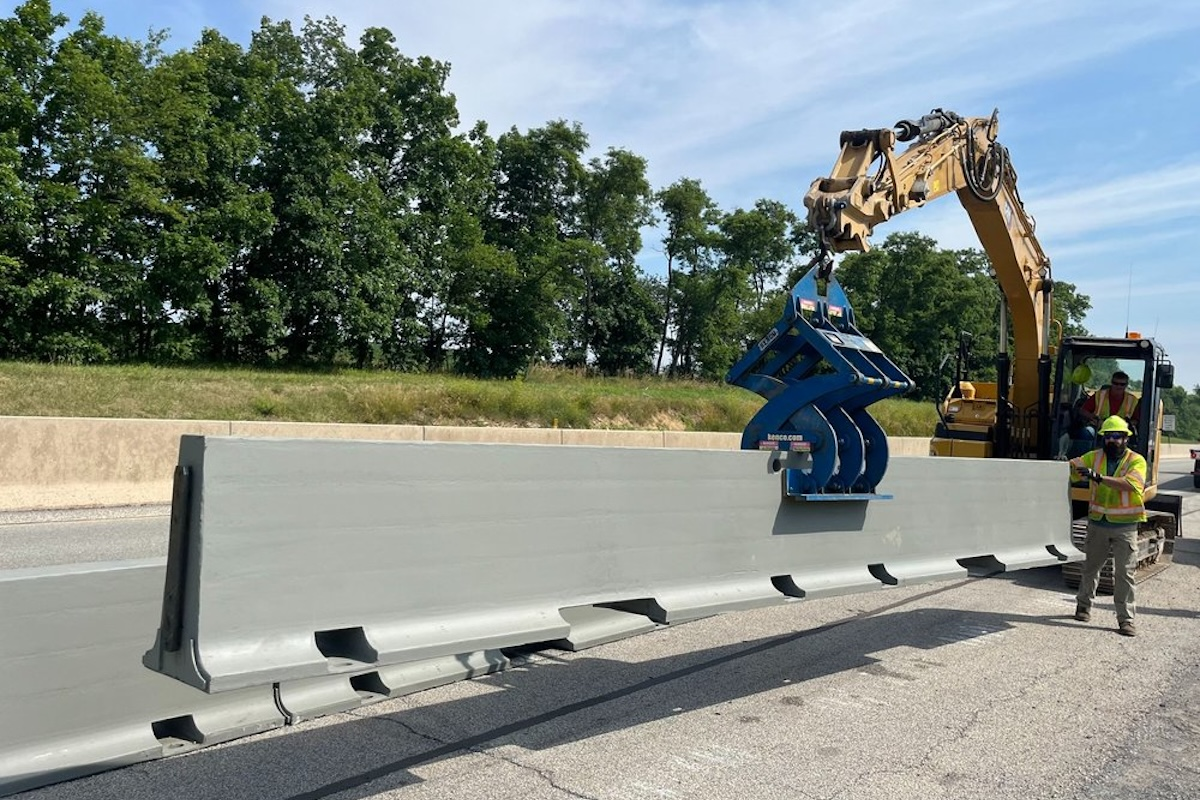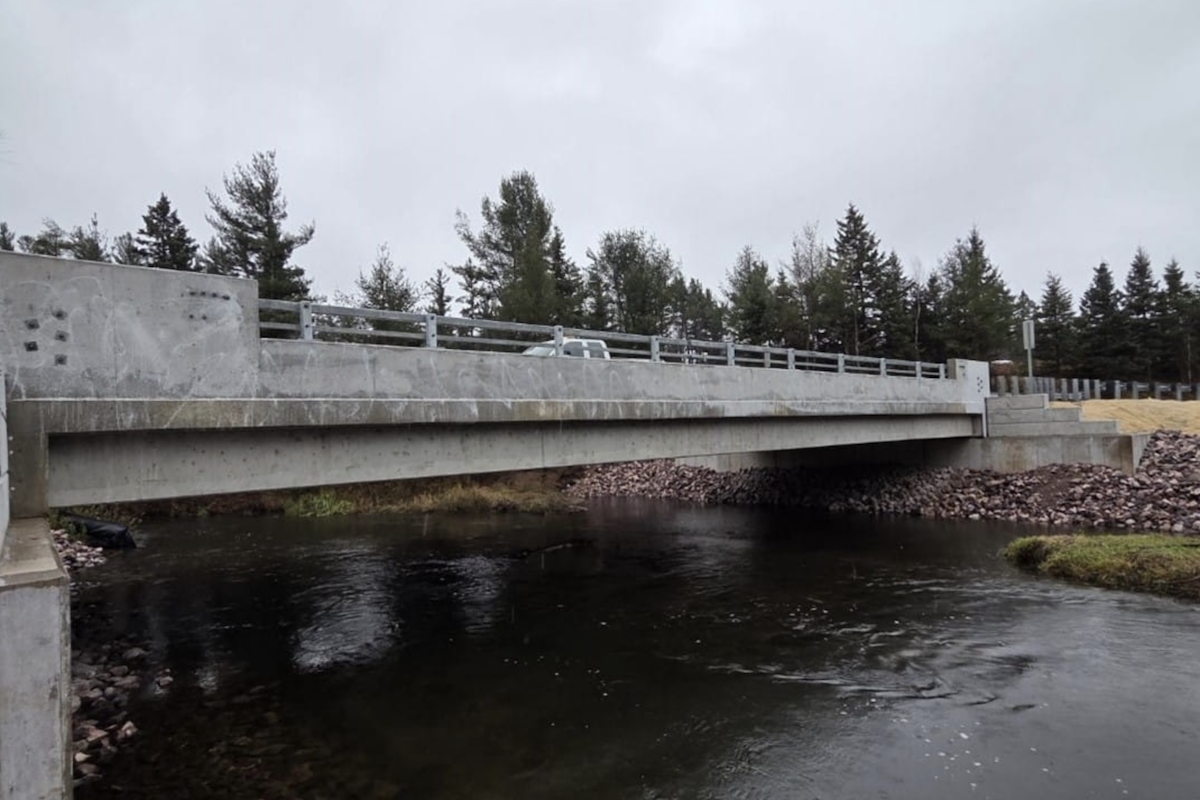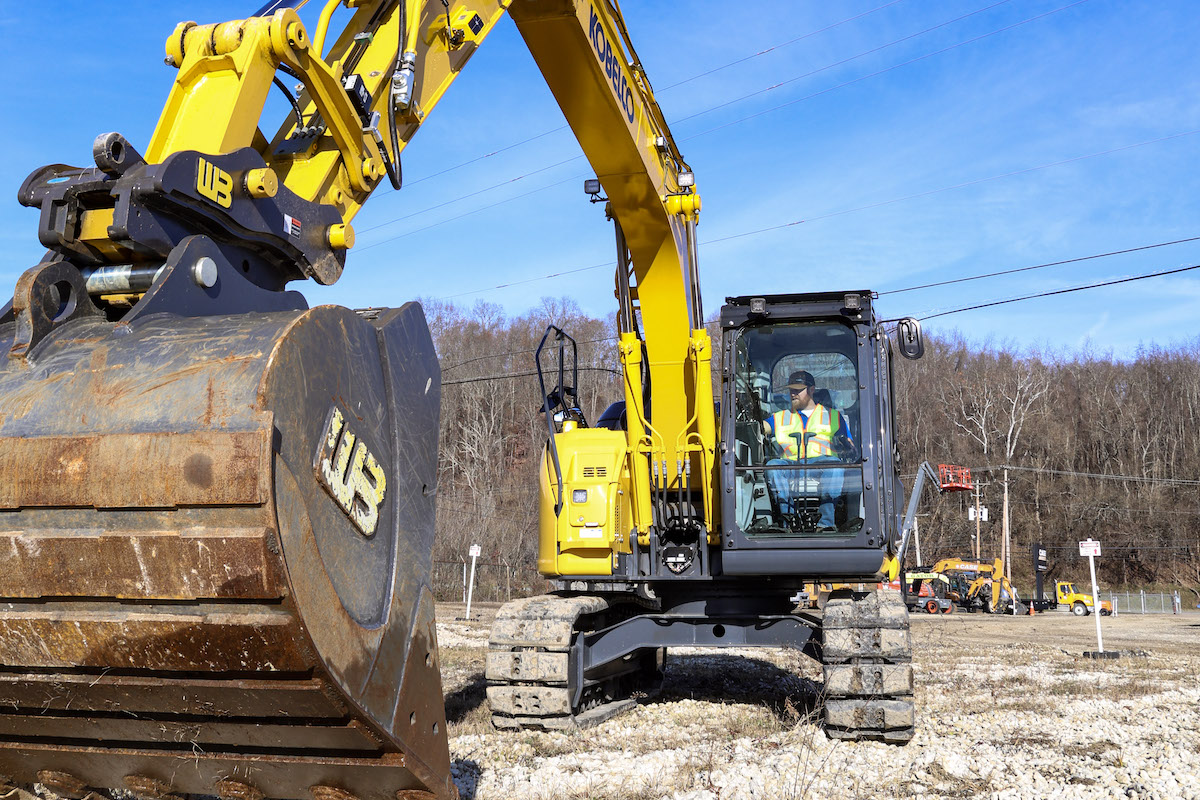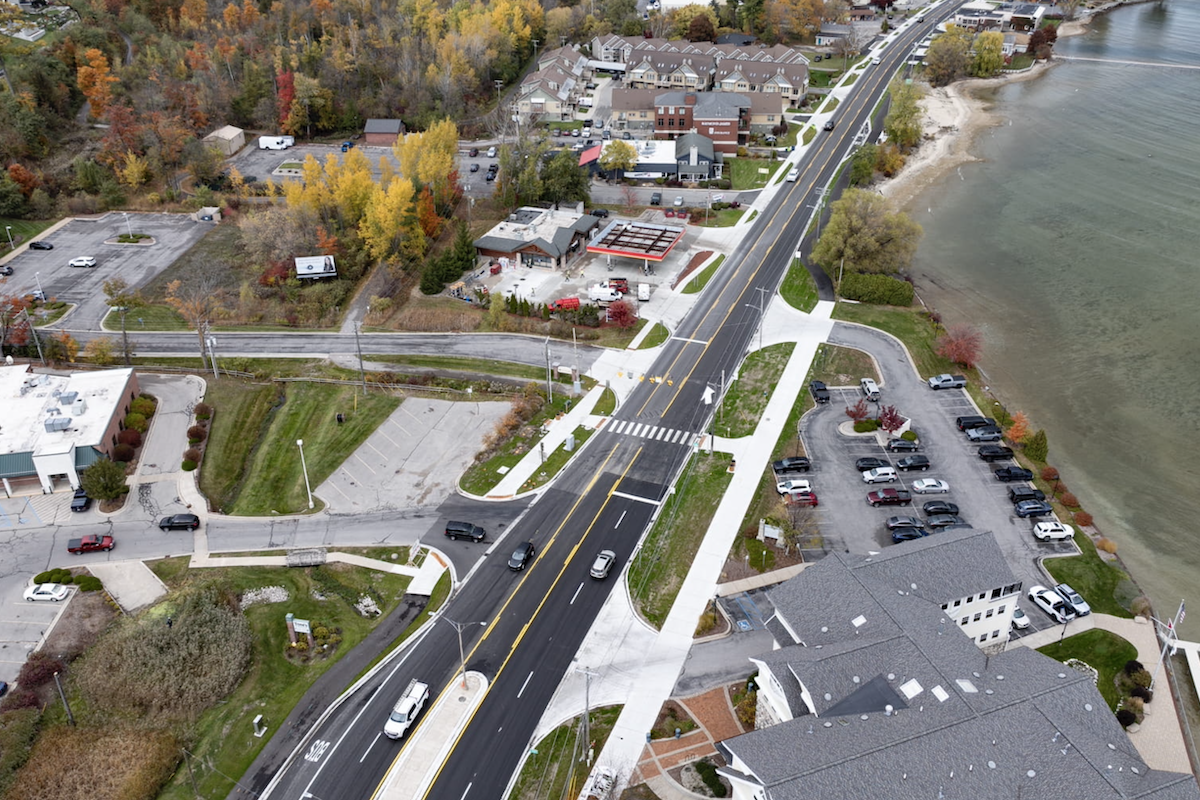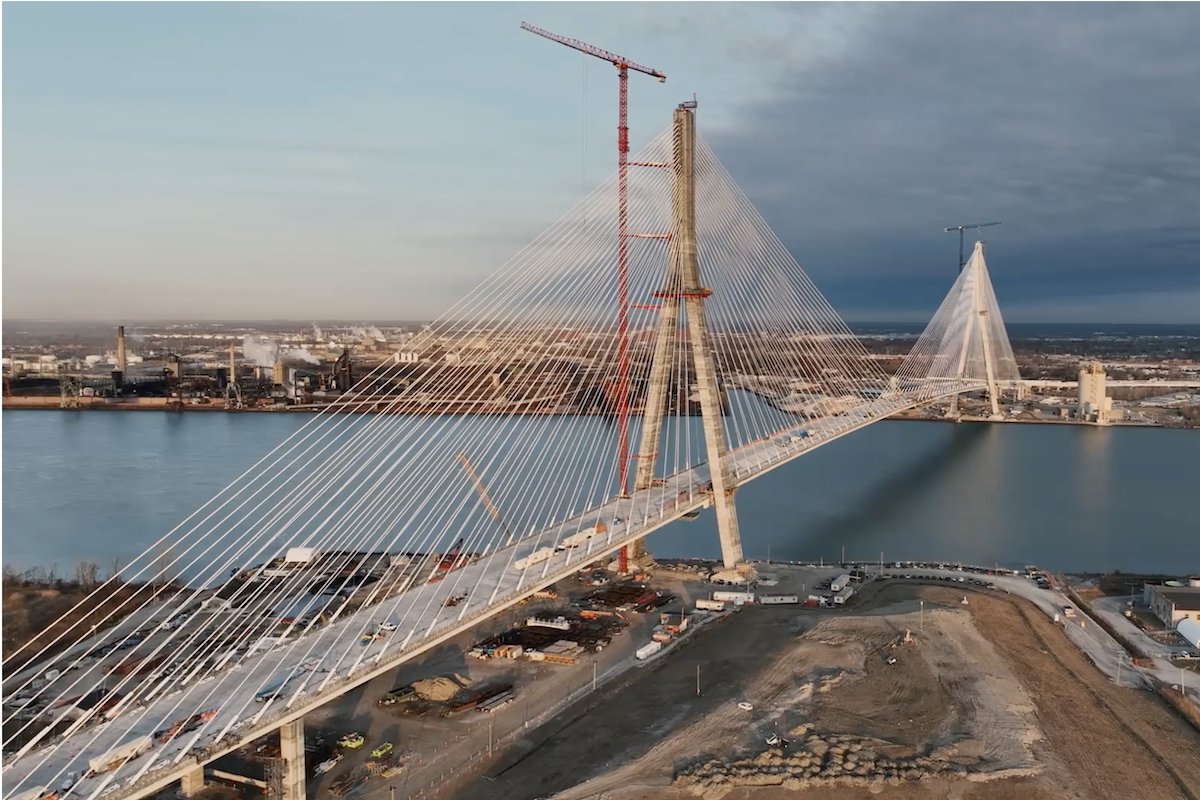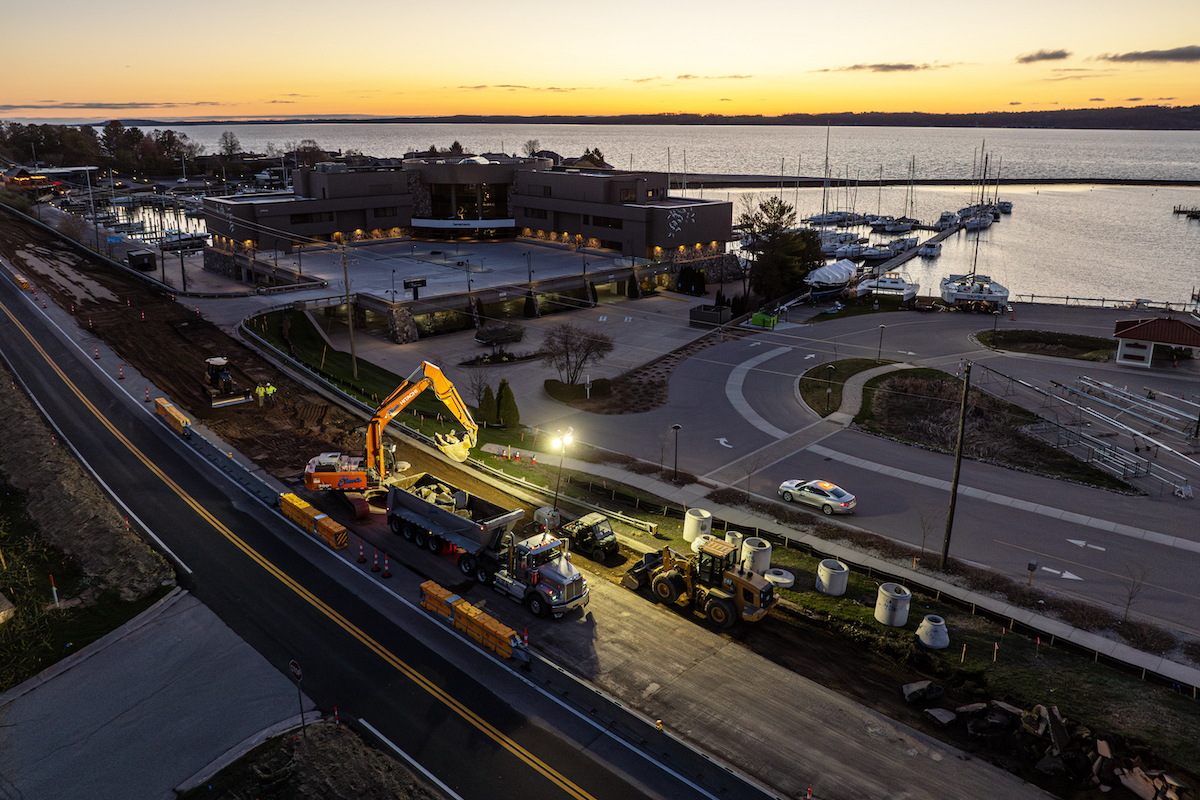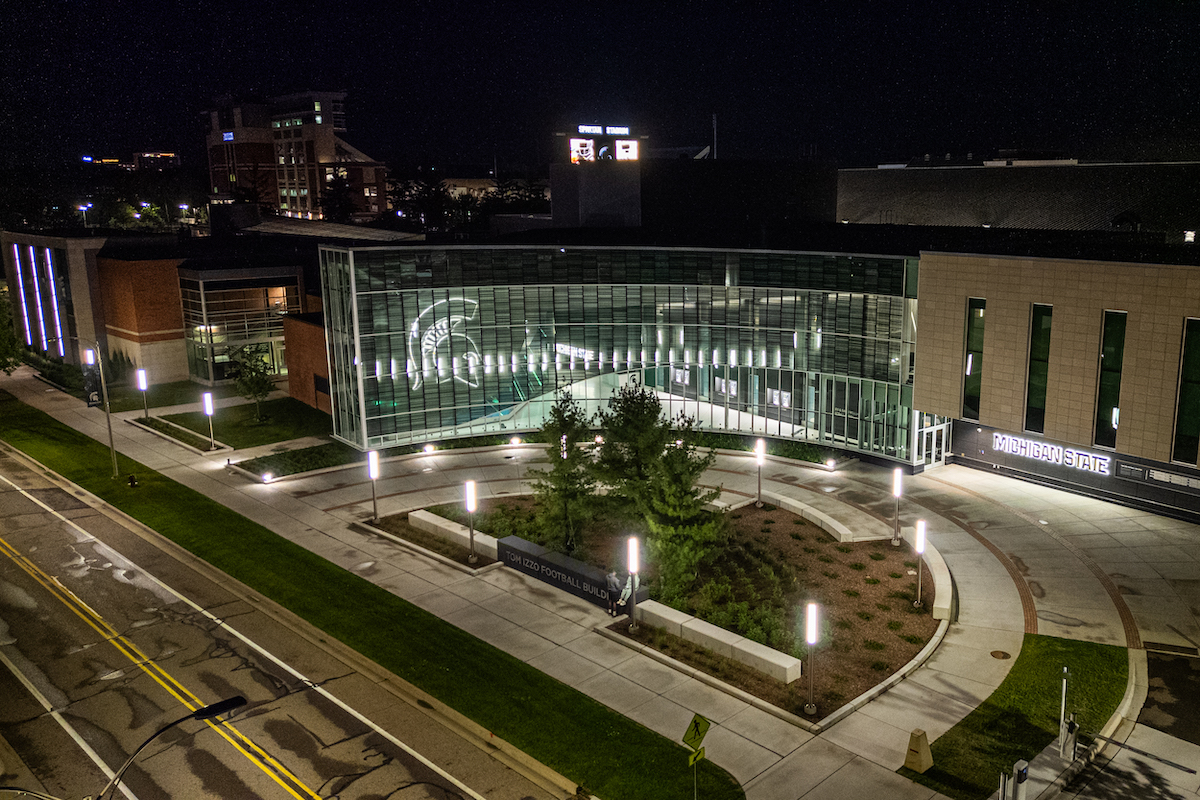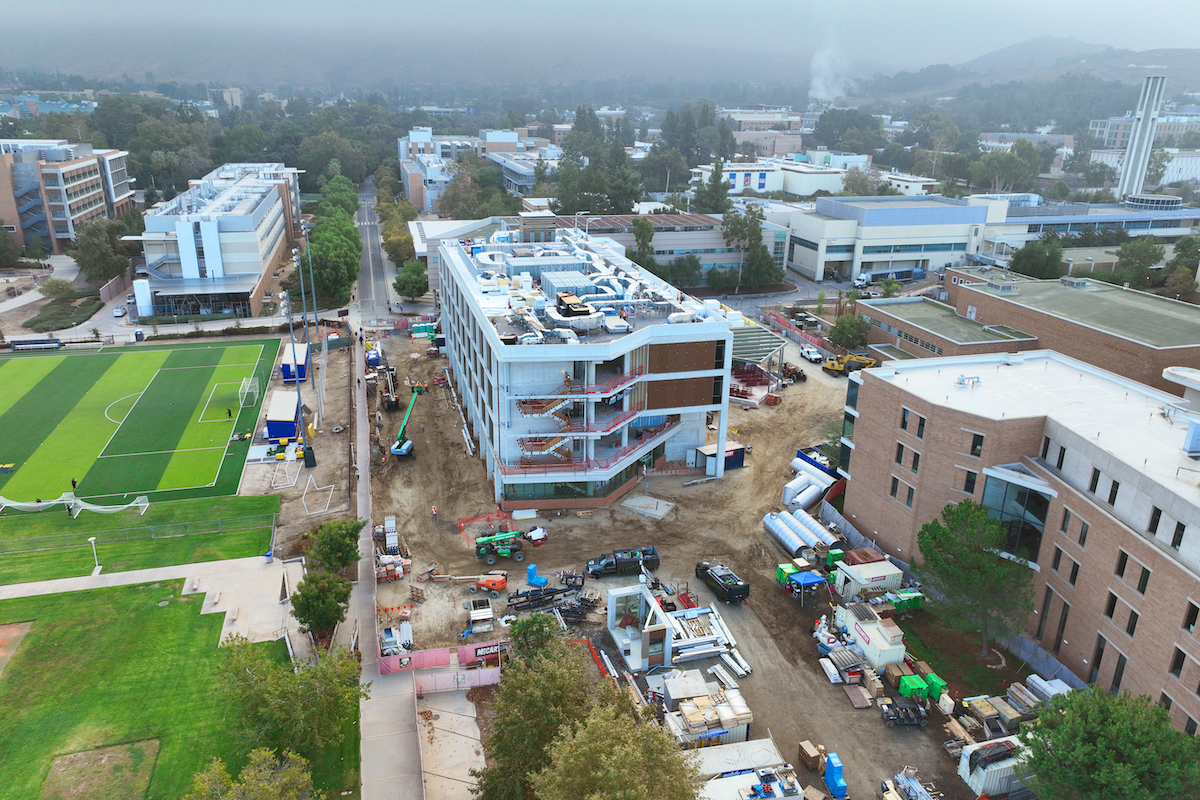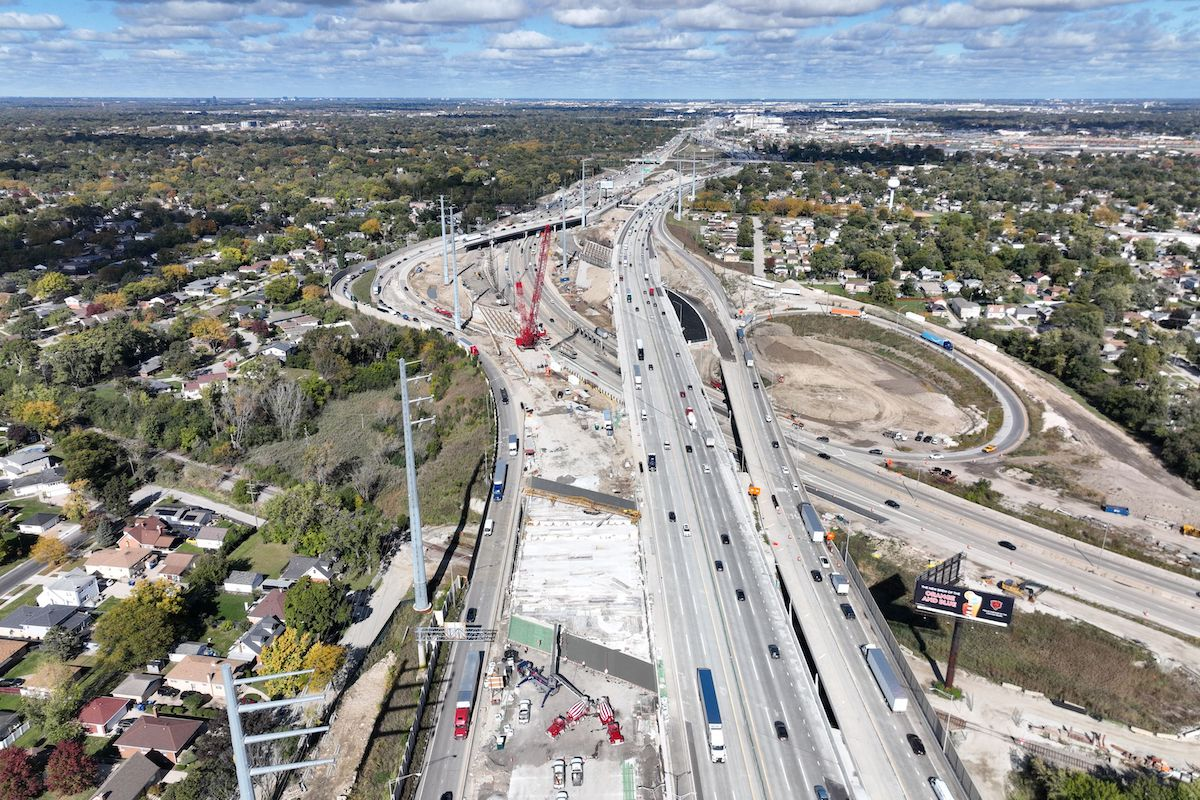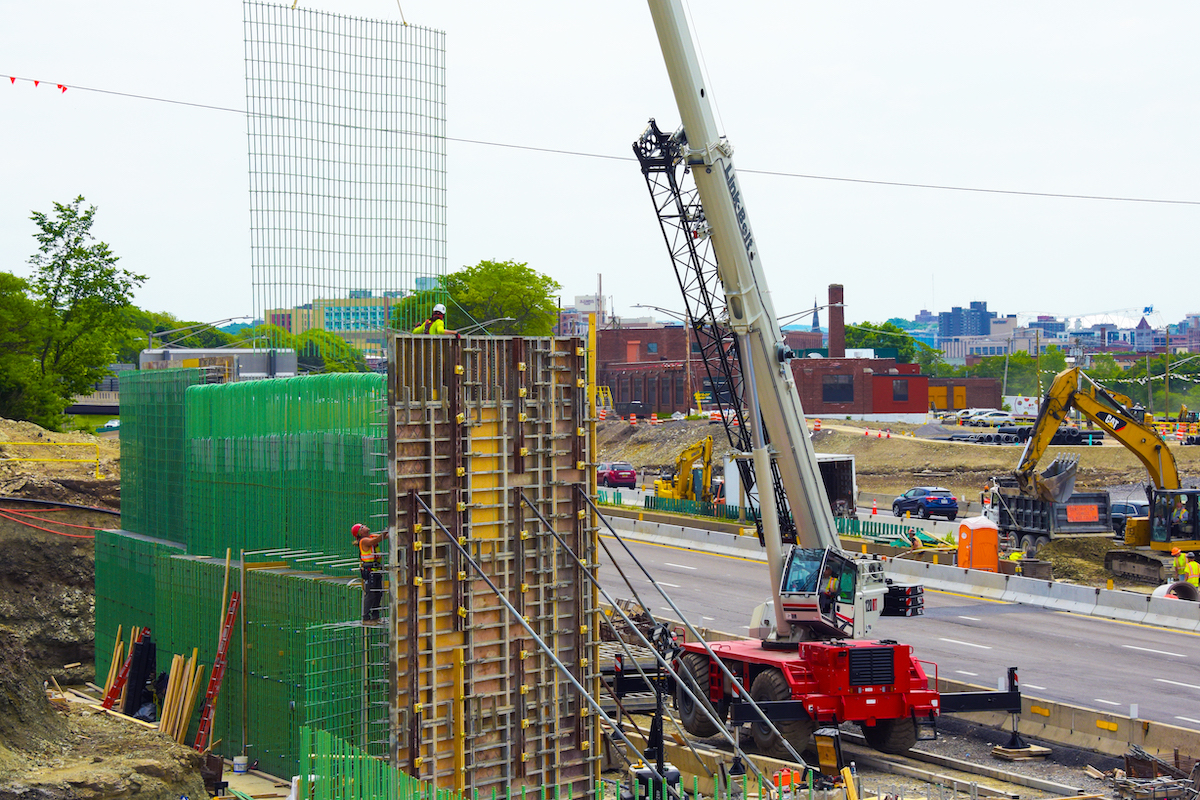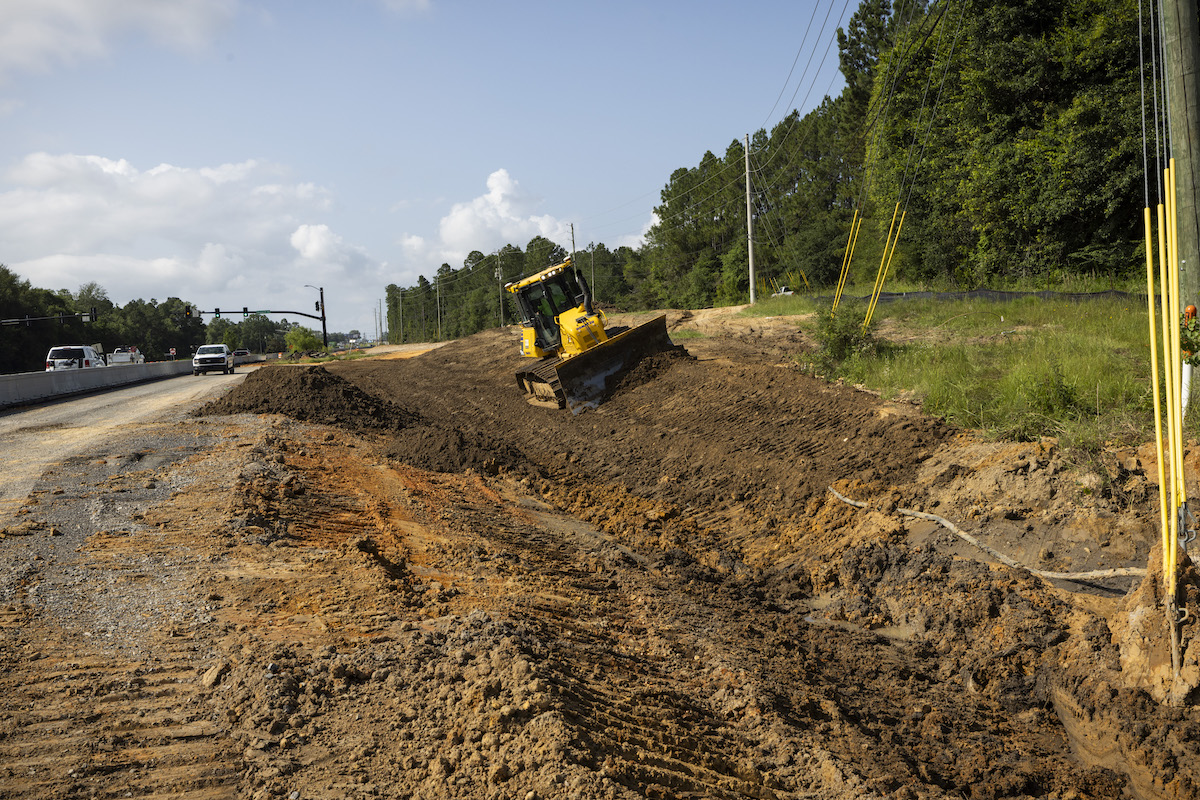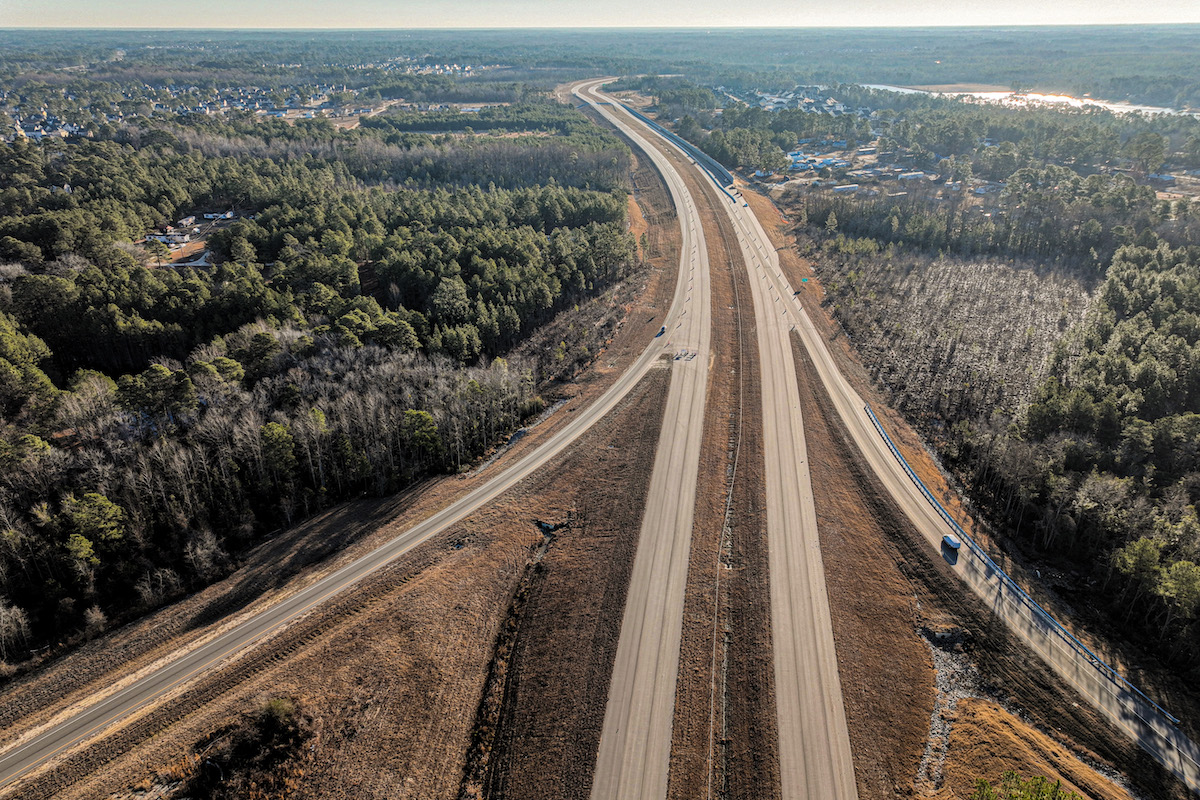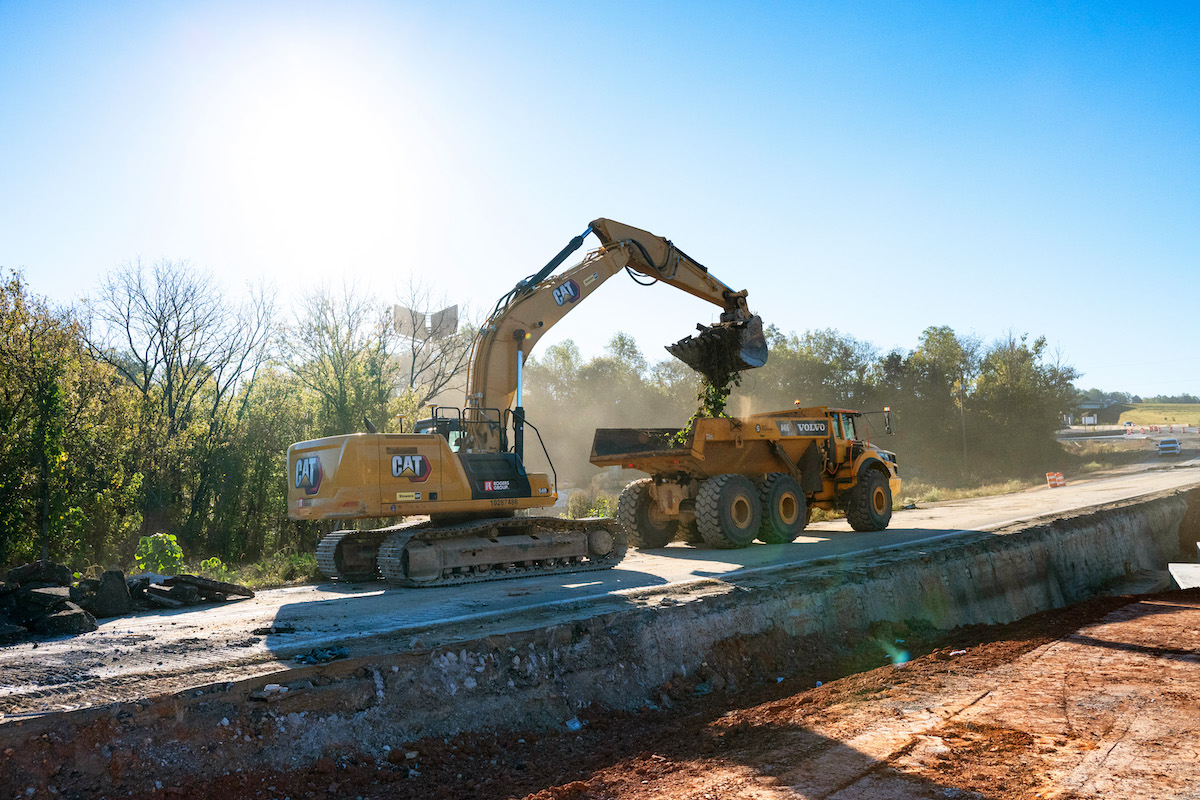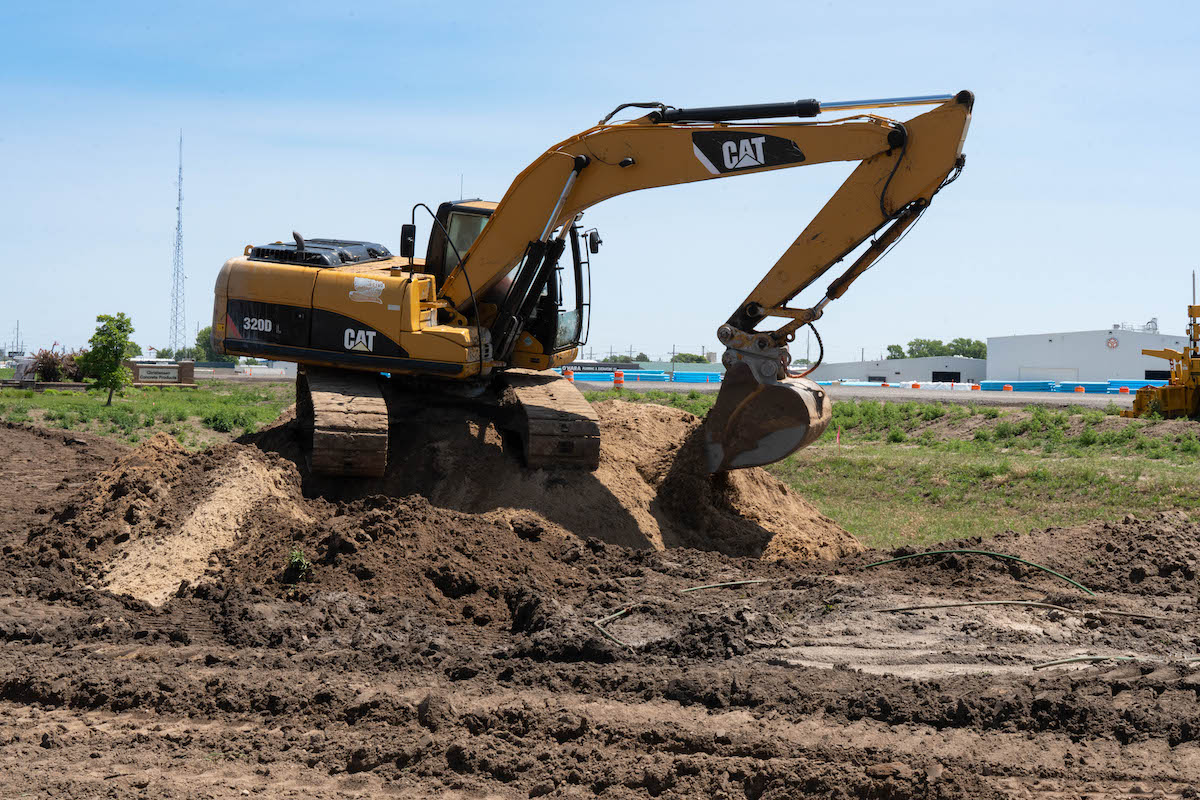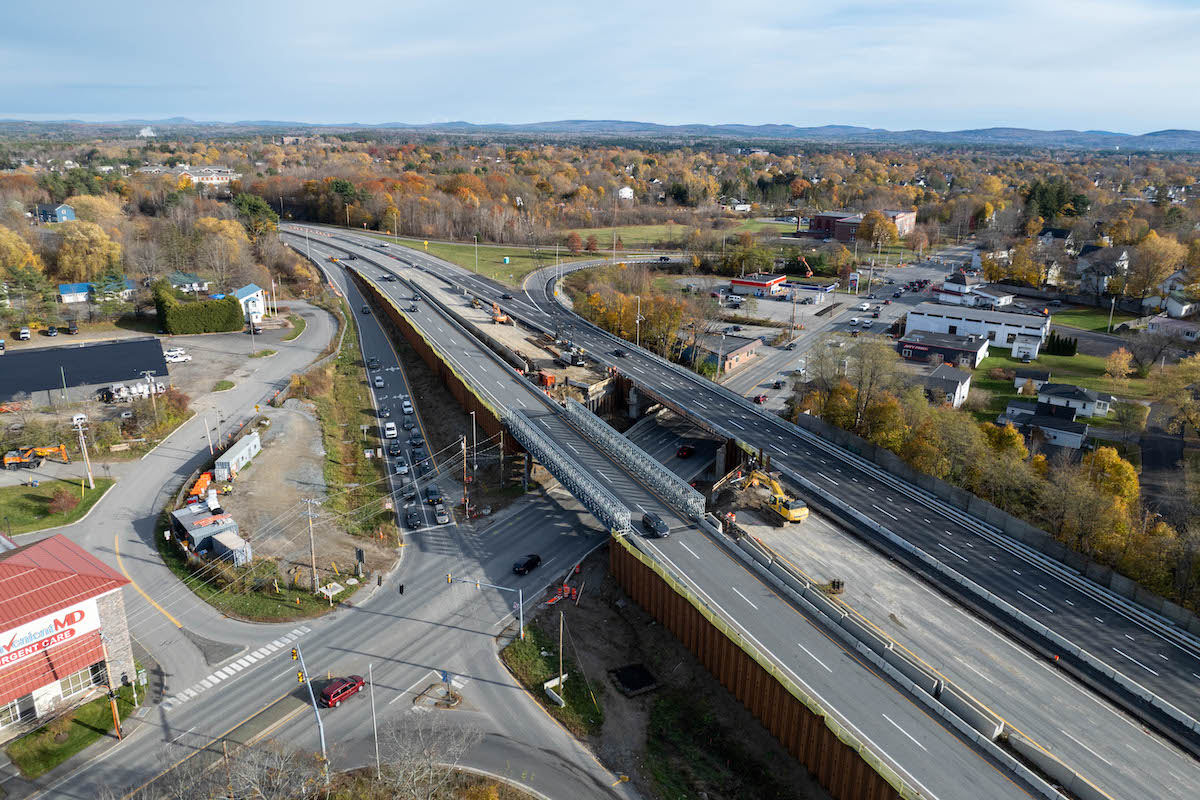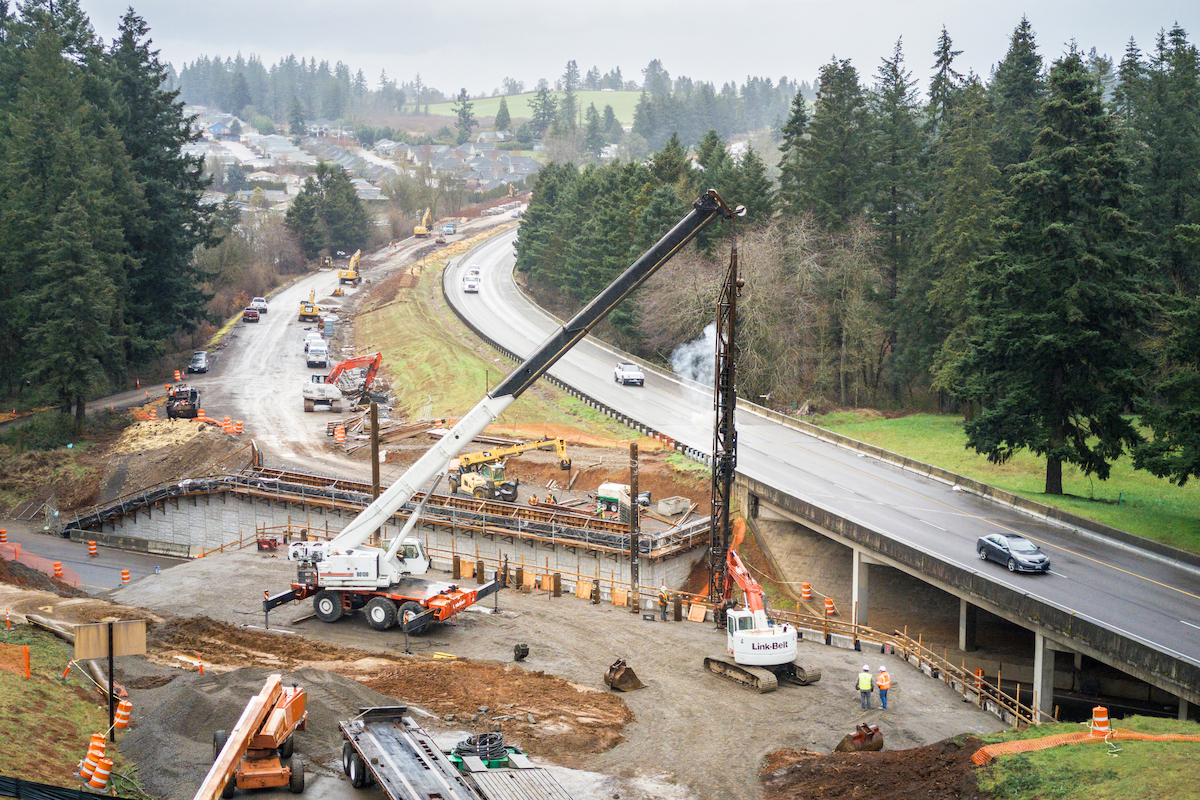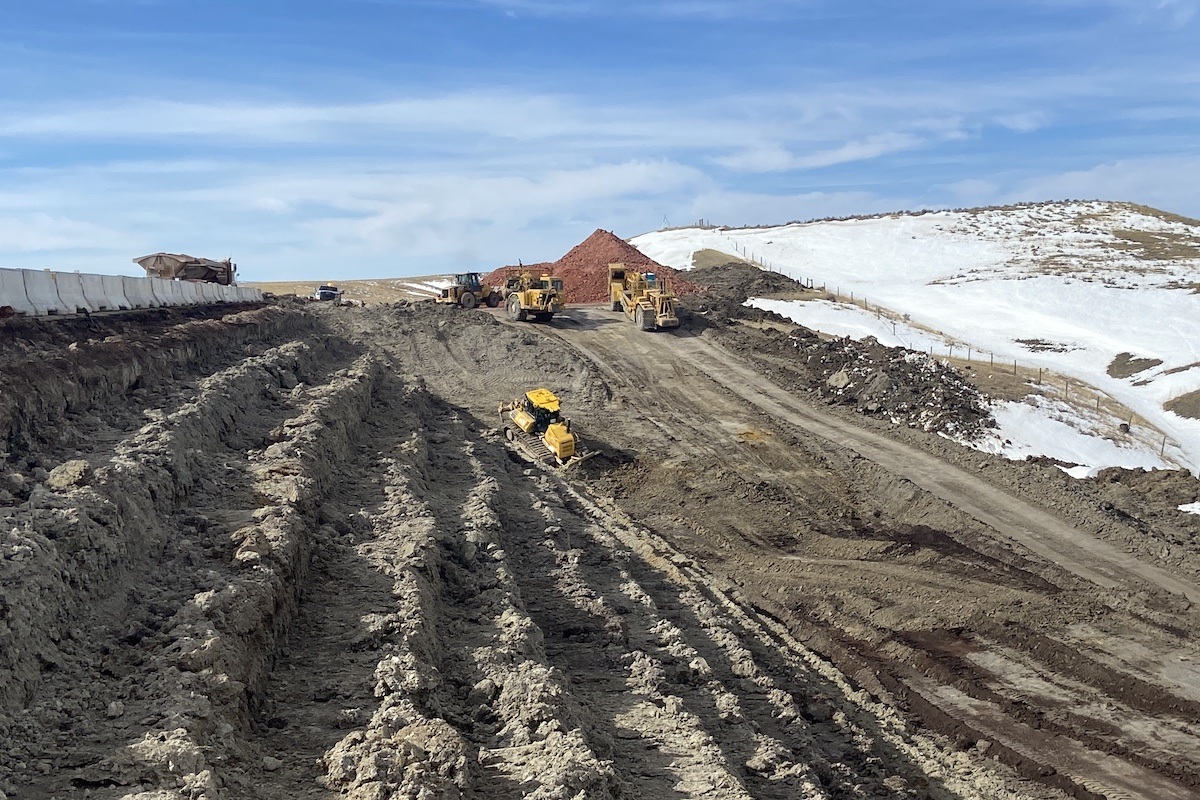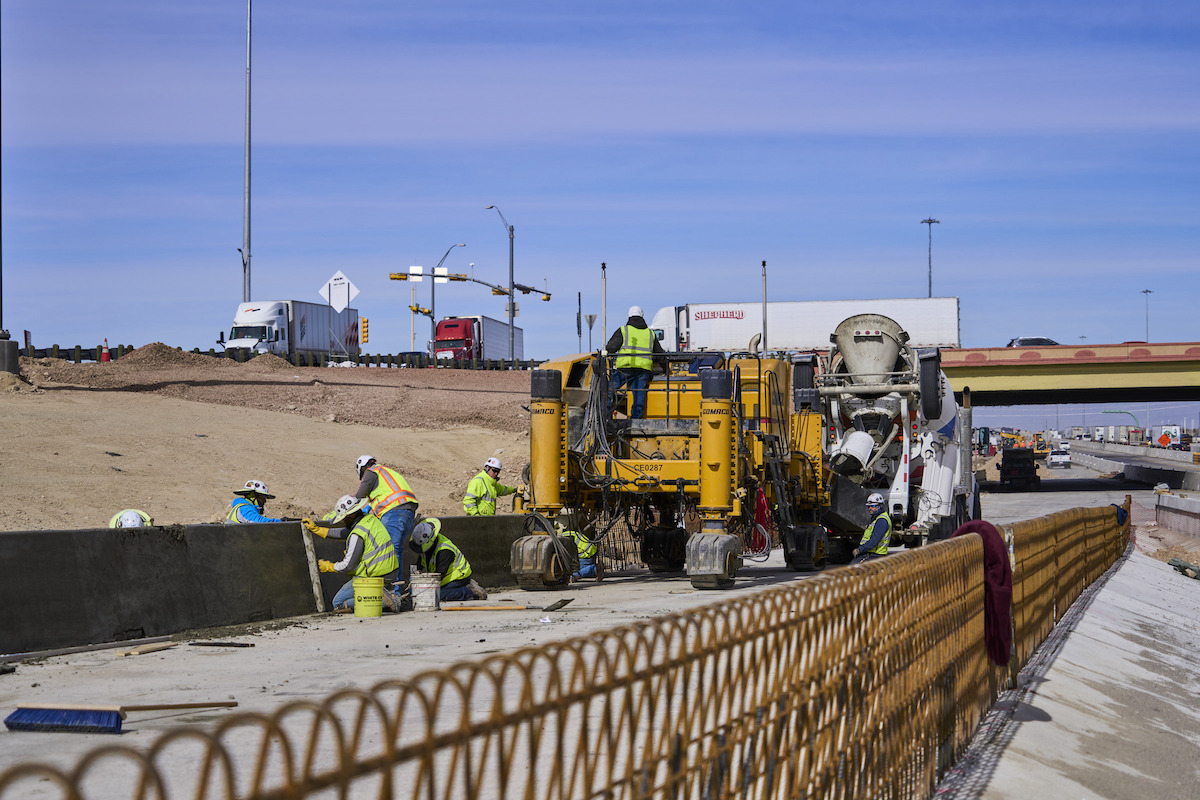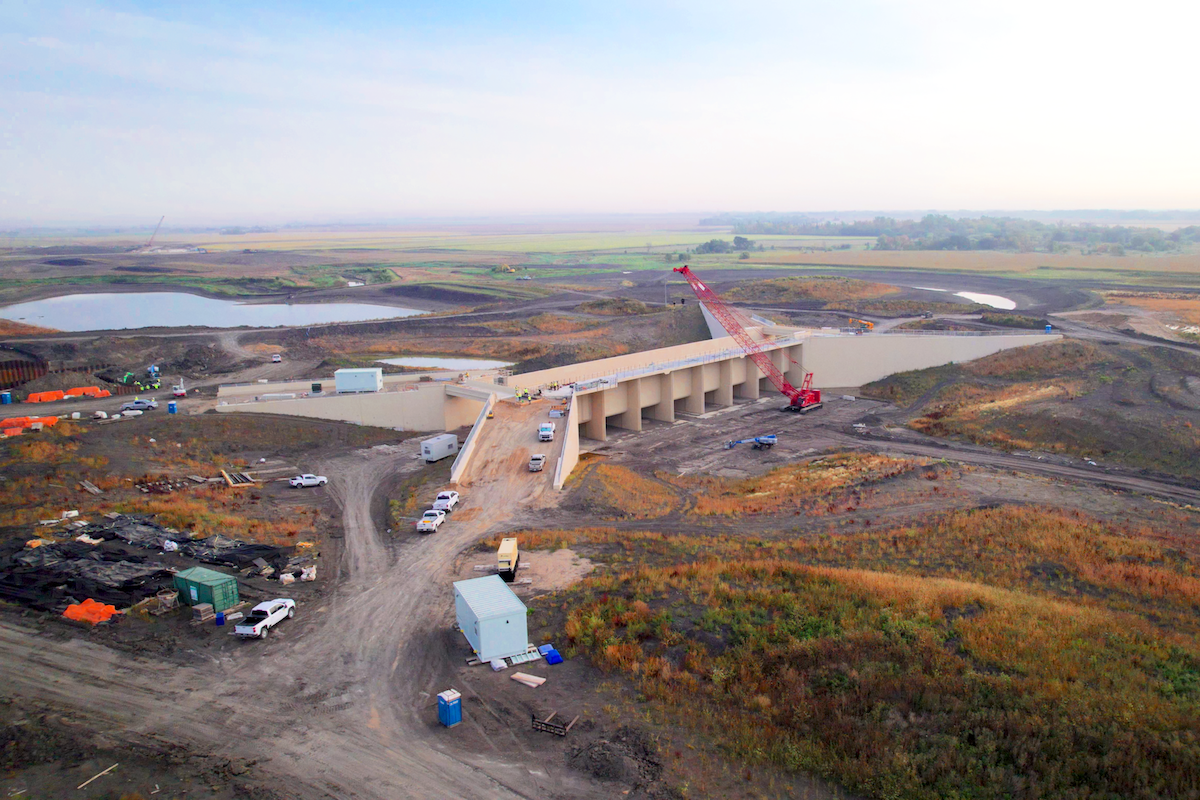WHITEHALL, MI — As the 2025 construction season moves into its final stages, officials with the Michigan Department of Transportation (MDOT) are looking ahead to the end of service lives for critical roads and bridges.
About two-thirds of MDOT's bridge inventory has far exceeded their original design lives. MDOT now faces the possibility of more than 100 trunkline bridges closing to traffic by the year 2035, impacting approximately 1.8 million drivers daily if a comprehensive transportation funding package is not secured. While maintaining quality roads is a priority for MDOT, bridge conditions, especially, must meet a minimum rating to remain safe and open to the public.
The U.S. 31 Business Route (BR) bridge, known locally as Thompson and Dowling streets, connects the communities of Whitehall and Montague, Michigan. The bridge was built during the Depression Era, is at risk of flooding during high-water events, and will eventually close if additional funding is not secured.
"It's not just convenience, it's safety. Closing this bridge would have major impacts on response times for police, fire, ambulance … all first responders. We need this bridge," said Carmen Vanderkooi, a longtime resident and employee of the Weathervane Inn adjacent to the bridge.
Of the MDOT Grand Region’s 13 counties in west Michigan, 47 bridges are currently listed in poor condition and at risk of closure by 2035, affecting more than 243,000 road users and the corridor they rely on daily. Bridge replacements can take on average two years to replace, once closed to the public. While bridge replacements are expensive initially, they are considered a long-term asset and are now designed with an 80- to 100-year service life.

| Your local Trimble Construction Division dealer |
|---|
| SITECH Michigan |
"At this rate, by decade's end, nearly 50 percent of state routes, which carry 53 percent of total traffic and 80 percent of commercial traffic, will be in poor condition," MDOT Director Bradley C. Wieferich said. "Without additional investment, those projections will get worse."
"If there is no long-term solution to Michigan's road-funding crisis, considerable progress in recent years will be stalled, meaning contractors will employ fewer workers and road conditions will decline," said Susan Corbin, Director of the Michigan Department of Labor and Economic Opportunity. "The effects would spread across industries and communities, causing job losses, shrinking economic activity, and creating long-term challenges for Michigan's workers and families."
During a recent Talking Michigan Transportation podcast, Rebecca Curtis, MDOT's Director of the Bureau of Bridges and Structures, shared the reasoning behind the rapidly declining bridge conditions statewide. Curtis explained that most of the state's bridge inventory was built in the 1950s and designed with a 50- to 60-year service life. Because most bridges were built in the same decade, the structures have aged in sync.
As MDOT works to continue addressing declining road and bridge conditions, securing a comprehensive road funding package is becoming more critical. Following the conclusion of the Rebuilding Michigan bond funding program, MDOT will see a decrease of more than half the annual reconstruction budget, bringing the yearly investment for rebuilding roads from $495 million per year to just $222 million per year, and supporting about 2,800 fewer construction jobs in 2026.

